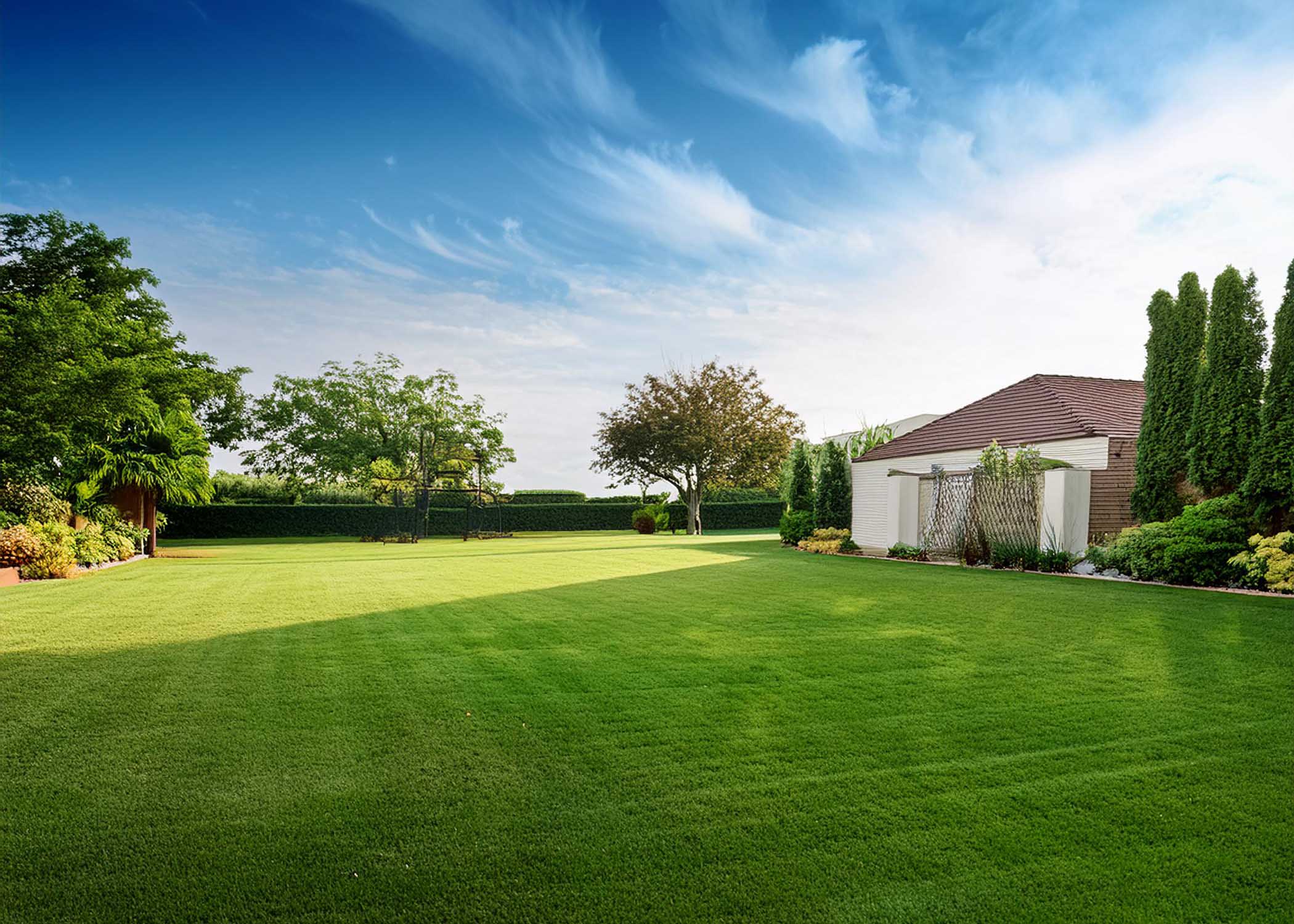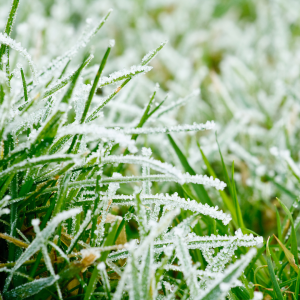Maintaining a beautiful and healthy lawn requires consistent care throughout the year. Each season brings unique challenges and opportunities for lawn maintenance. This comprehensive guide provides a month-by-month breakdown of essential tasks to ensure your lawn remains vibrant, lush, and healthy all year long.
January/February: Preparing for Spring
Remove Leaves and Debris
Get ready for the lawn maintenance. Clearing leaves and debris is crucial during the winter months to prevent the suffocation of your grass. Accumulated organic matter can create a breeding ground for mould and pests, hindering the growth of your lawn as the weather warms up.
Aerate
Winter soil compaction can be a significant issue, making it essential to aerate your lawn. Aerating helps improve soil structure, promotes healthy root growth, and ensures better absorption of nutrients and water.
Service Mower
Winter is an ideal time to service your lawn mower. Ensure the blades are sharp and the machine is in good working order for the upcoming mowing season.
Stay Off the Lawn
Avoid walking on your lawn if it is frozen or waterlogged. Doing so can damage the grass and compact the soil, making it harder for your lawn to recover in the spring.
March/April: Kickstarting Growth
Start Mowing
As the weather warms and grass growth resumes, begin mowing your lawn. Gradually increase the mowing frequency to maintain a healthy, even lawn.
Apply Topdressing
Topdressing improves soil structure and drainage. Use a high-quality topdressing mix to enhance your lawn’s resilience and promote robust growth.
Weed Control
Spring is the perfect time to tackle weeds. Remove coarse grasses and weeds by hand or spot-treat them to prevent them from spreading.
Scarify
If your lawn is over 12 months old, scarifying helps remove thatch and moss. This process allows your grass to breathe and absorb nutrients more effectively.
Patch Repairs
Repair any damaged lawn areas and edges with fresh turf or lawn seed. Early spring is an excellent time for these repairs, ensuring they are established well before the summer heat.
May/June: Nurturing Growth
Increase Mowing Frequency
As the grass grows more vigorously, increase your mowing frequency. Aim for regular, light cuts to maintain a healthy lawn.
Aerate
Continue aerating your lawn to alleviate soil compaction and enhance root development.
Weed Control
Persistent weed control is necessary to maintain a pristine lawn. Continue removing weeds and coarse grasses to keep your lawn looking its best.
Watering
Ensure your lawn receives adequate water, especially during dry spells. Consistent watering promotes deep root growth and maintains the lawn’s lush appearance.
Weed, Feed, and Moss Treatment
Apply a weed, feed, and moss killer to established lawns. This comprehensive treatment helps manage weeds and moss while providing essential nutrients for growth.
July/August: Summer Care
Wise Watering
Water your lawn as needed, especially during dry periods. Deep, infrequent watering is more effective than frequent shallow watering, promoting stronger root systems.
Pest Control
Summer can bring pests like Chafer Grubs and Leatherjackets. Apply appropriate treatments to protect your lawn from these damaging insects.
Holiday Arrangements
If you’re going on vacation, arrange for your lawn to be mowed in your absence. This ensures it remains well-maintained and prevents overgrowth.
September/October: Preparing for Winter
Decrease Mowing Frequency
As grass growth slows, reduce your mowing frequency and raise the cutting height. This helps the lawn store energy for the winter months.
Scarify
Scarify your lawn again if it is over 12 months old. Removing thatch and moss prepares your lawn for the cooler months ahead.
Aerate
Continue aerating to ensure good soil structure and root health. This helps your lawn withstand the challenges of winter.
Weed and Moss Treatment
Apply a final weed, feed, and moss-killer treatment to your lawn. This helps manage any remaining weeds and moss, keeping your lawn healthy.
Repair Damaged Areas
Patch any worn or damaged areas with new turf or lawn seed. Fall repairs give the grass time to establish before winter.
Apply Topdressing
Topdressing improves soil structure and prepares your lawn for the winter. Use a high-quality mix to enhance your lawn’s health.
Worm Casts
Allow worm casts to dry, then brush them away with a stiff broom. This keeps your lawn looking neat and prevents soil compaction.
November/December: Winterizing Your Lawn Maintenance
Remove Leaves and Debris
Keep your lawn clear of leaves and debris to prevent mould and disease. Regularly raking helps maintain the lawn’s health.
Mow If Needed
If your grass is still growing, continue to mow as needed. Ensure you do not cut the grass too short, which can weaken it.
Prune and Thin Foliage
Trim and thin any foliage around the lawn. Improved air circulation and light penetration benefit the grass and prevent disease.
Clean and Oil Equipment
Before storing for winter, clean and oil all lawn care equipment. Proper maintenance ensures your tools are ready for use in the spring.
FAQs
What is the best time to aerate my lawn? The best time to aerate your lawn is during the growing seasons, spring and fall. This allows the grass to recover and fill in any holes created during the aeration process.
How often should I mow my lawn? Mowing frequency depends on the growth rate of your grass. In spring and summer, mow more frequently (once a week or more). In fall and winter, reduce the frequency as grass growth slows.
What are the benefits of topdressing? Topdressing improves soil structure, enhances drainage, and promotes healthier grass growth. It also helps in levelling uneven areas and incorporating organic matter into the soil.
How do I control weeds in my lawn? Regular mowing, hand-weeding, and applying appropriate weed control products can effectively manage weeds. Consistent maintenance prevents weeds from establishing and spreading.
Why is scarifying important for lawn health? Scarifying removes thatch and moss, improving air and water penetration to the grassroots. This promotes healthier growth and reduces the risk of lawn diseases.
How do I prepare my lawn mower for the mowing season? Service your lawn mower by sharpening the blades, changing the oil, and checking all parts for wear and tear. A well-maintained mower ensures a clean cut and reduces stress on the grass.
Conclusion
By following this seasonal lawn maintenance guide, you can ensure your lawn remains healthy and beautiful throughout the year. Regular care and attention to seasonal tasks will help you achieve a lush, vibrant lawn that enhances the beauty of your home.




